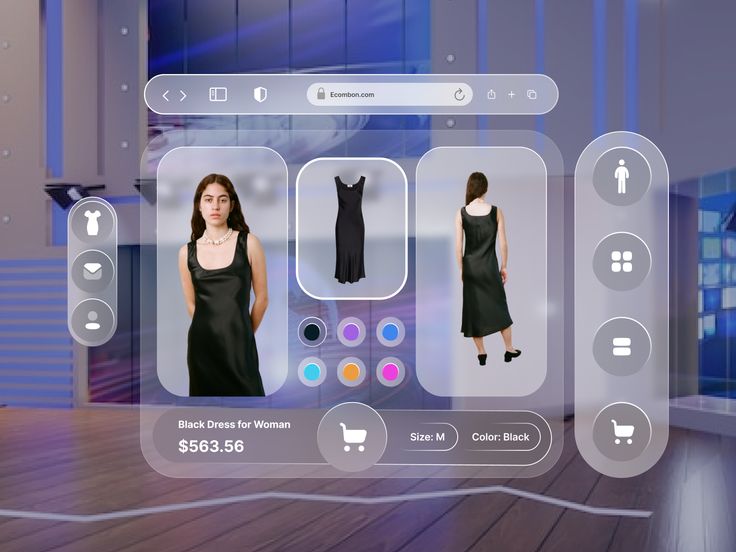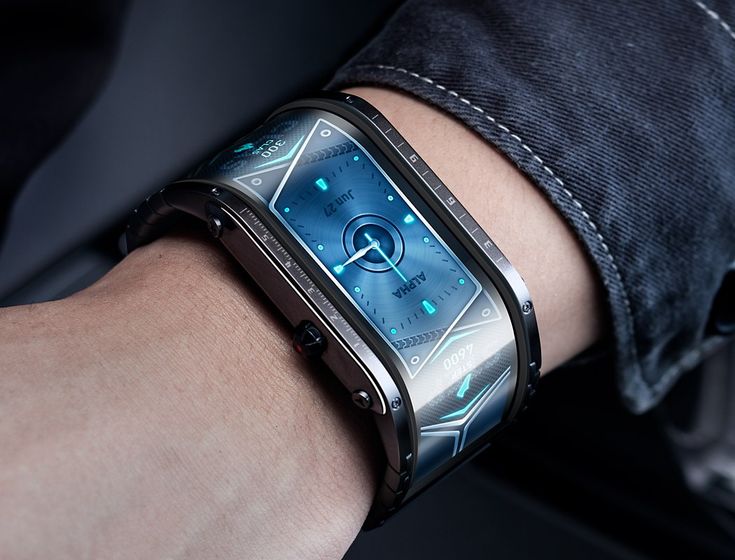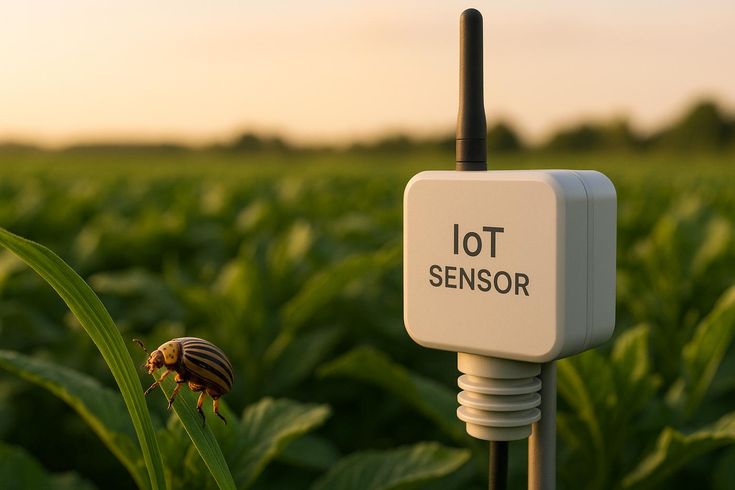AI Imagination: Where Creativity Meets
AI has the ability to create stunning artwork, produce verses, and compose musical pieces—but can it truly “envision” like people do? For those who are thoughtful collectors, innovative creators, and refined enthusiasts, the distinction between AI-created and human-made works transcends mere technology; it raises profound inquiries about essence, intention, and the distinct worth of human experience. As AI's creative capacity increases, the distinction becomes less clear—but the most impactful art, designs, and concepts still retain the invaluable imprint of human insight.
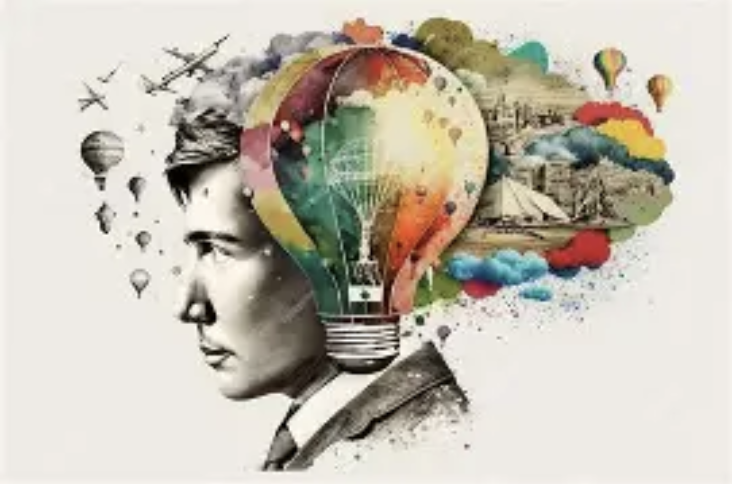
AI as a Catalyst, Not a Replacement
Leading creators embrace AI to enhance their artistic expression, not to supplant it. A celebrated architect leverages AI to produce a thousand architectural ideas in mere hours, subsequently picking one to mold according to their artistic vision—accelerating the process without compromising creative command. A Michelin-starred chef utilizes AI to explore flavor pairings, yet the ultimate dish is influenced by their instinct and recollections of meals from their childhood. AI functions as a resource akin to a paintbrush or piano, empowering individuals to attain unprecedented creative levels while remaining at the forefront of the endeavor.
Emotional Resonance: The Human Edge
AI cannot mirror the emotional depth found in human creations. A song penned by a human reflecting on sorrow resonates because listeners relate their own life experiences to the song's words; conversely, an AI-produced track, despite its catchiness, lacks substance. High-end brands recognize this reality: a fragrance crafted by a human perfumer, drawing inspiration from their grandmother's garden, evokes feelings of nostalgia in ways that no AI-produced scent can replicate. For customers, the concern extends beyond mere excellence—it involves the desire to feel recognized, comprehended, and linked to someone else's narrative.
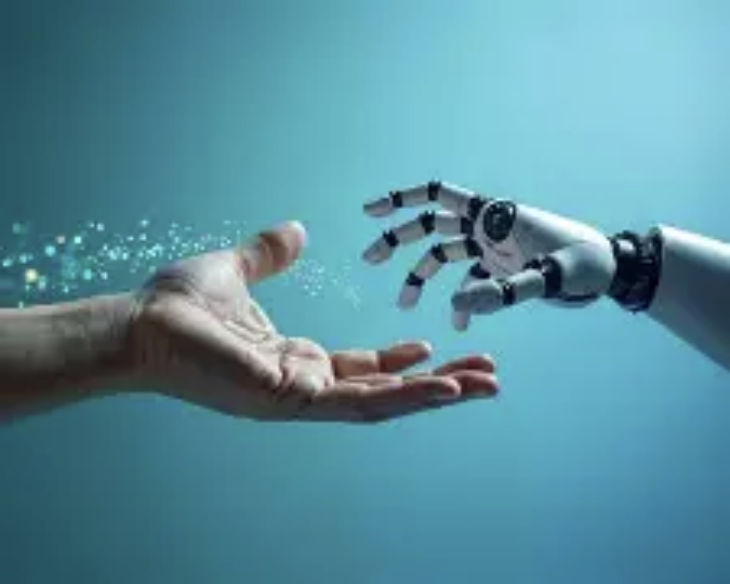
Affluent patrons are insisting on clear distinctions regarding AI authorship. Art institutions currently categorize artworks as “AI-generated,” “human-AI collaboration,” or “human-created” to maintain transparency. Some collectors even seek documentation for AI art—specifying the datasets employed and confirming that copyright laws have not been breached. This ethical commitment is not solely about legality; it represents a means to respect the significance of human creativity, ensuring that AI does not diminish the concept of “originality” within the luxury sector.
The Future of Co-Creation
The upcoming phase of creativity is one of collaboration. Picture a high-end furniture collection where AI evaluates a client's preferences and way of life to propose designs, subsequently crafted by an artisan with sustainable materials and personal touches. Alternatively, envision a movie where AI drafts the initial screenplay, followed by a human director refining it to incorporate emotional depth. This joint effort harnesses AI's productivity and human empathy, resulting in creations that neither could accomplish alone.
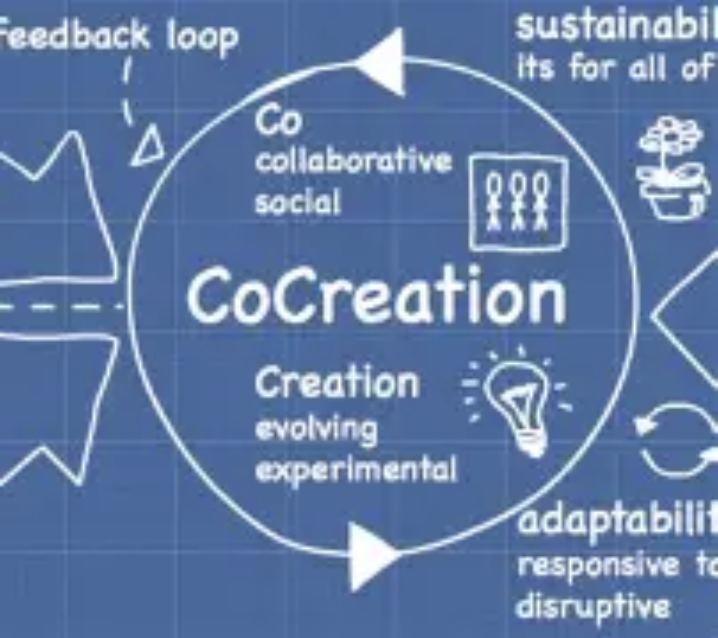
Boundaries That Inspire
The divide between AI and human creativity is not a barrier; it is a canvas. For insightful consumers, the most esteemed creations are those that traverse this boundary, merging technological innovation with human emotion. AI expands the realm of possibilities, yet humans provide direction, significance, and soul. In this envisioned future, creativity does not hinge on an either/or scenario between AI and human; rather, it emphasizes the synergy of both to forge something far greater than what either could realize independently. The fusion of machine intellect and human fervor is where true enchantment occurs.
(Writer:Lily)
